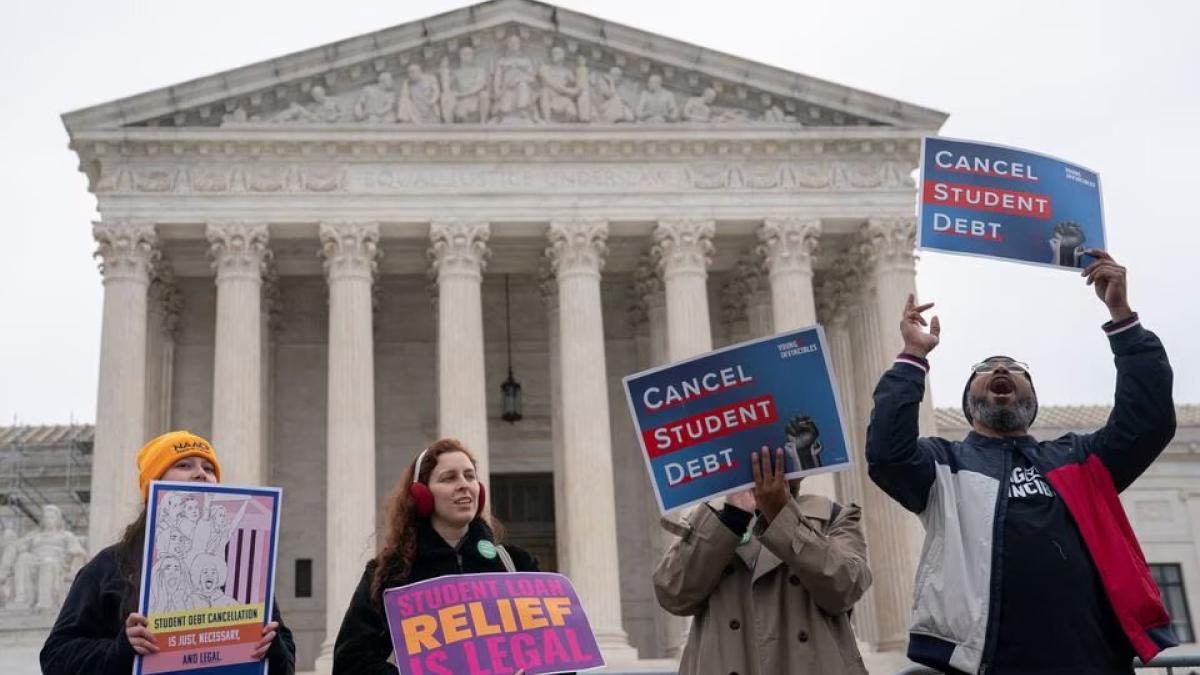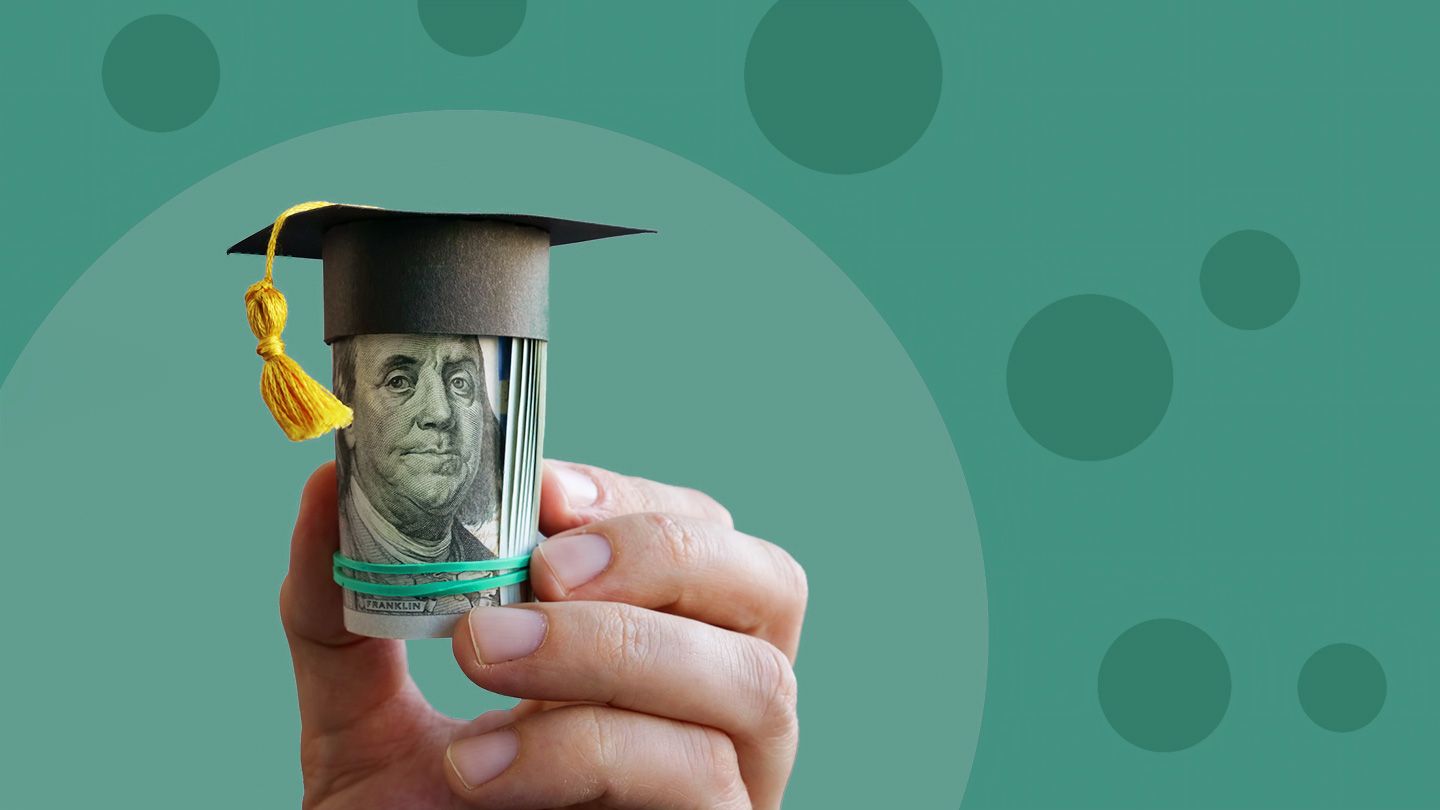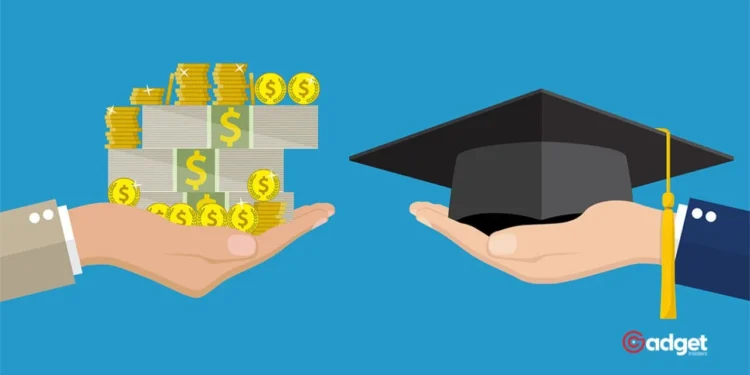The Biden administration has taken significant strides in providing relief to student loan borrowers, a welcome move as many grapple with the repercussions of America’s colossal $1.6 trillion federal student loan debt. This initiative marks a significant push forward, particularly following the Supreme Court’s decision in 2023 which blocked President Biden’s initial forgiveness proposal.
In a notable development, the Biden administration recently announced a substantial $7.7 billion in forgiveness allocated for undergraduate loan holders. This announcement precedes further planned reductions set for July, reflecting a continuous effort to alleviate the financial burden on nearly 43.2 million borrowers nationwide.

Biden Administration’s $7.7 Billion Loan Debt Relief
On a recent Wednesday, the Biden administration declared that 160,500 borrowers would benefit from the newly approved $7.7 billion loan debt relief. This adjustment will escalate the total amount of debt forgiven to $167 billion, impacting 4.75 million student loan borrowers, or approximately one in every ten debt holders.

In particular, this round of debt relief will cater to three primary groups of borrowers:
- Public Service Loan Forgiveness (PSLF): A staggering $5.1 billion is set aside for 66,900 borrowers employed in public service or non-profit sectors.
- SAVE Plan Participants: $613 million is directed towards 54,300 borrowers who have enrolled in the Biden administration’s SAVE Plan, targeting those who originally borrowed $12,000 or less for post-secondary education.
- Income-driven Repayment (IDR) Corrections: Additionally, $1.9 million will aid 39,300 borrowers affected by the misuse of forbearance by loan servicers, offering forgiveness under income-driven repayment fixes.
Impending Reductions and How to Benefit
Come July, further changes will reduce the expected monthly payment percentages based on borrowers’ income. For instance, those on the SAVE Plan currently contribute 10% of their discretionary income each month. However, this rate will be halved to 5%, effectively slicing monthly payments for many.
For a clearer perspective, consider a single-person household with an annual gross income of $50,000. Under the current setup, the discretionary income calculated would lead to a monthly payment of approximately $134. But with the impending changes, this payment will reduce to about $67.
These Biden administration’s updates are particularly beneficial for borrowers with undergraduate loans under the SAVE Plan, while those with both undergraduate and graduate debts will see varied adjustments.
Biden doesn't have authority to cancel student debt.
Supreme Court told him NO.
Congress told him NO.
But he does it anyway.
He's VIOLATING Separation of Powers.Nearly 2/3 of Americans didn't go to college & MILLIONS paid-off/never had loans. This is unconstitutional & unfair. pic.twitter.com/pM8IKHufuo
— Congressman Byron Donalds (@RepDonaldsPress) May 25, 2024
Eligibility and Enrollment
Eligibility notifications for the $7.7 billion in relief will be dispatched via email, with actual account adjustments following a few weeks later. Borrowers can verify their status and eligibility by logging into their SAVE Plan account online.

Enrollment in a SAVE Plan is available through studentaid.gov/idr. These plans are tailored based on a borrower’s income and family size, offering more manageable payment terms compared to standard options. Among the benefits, SAVE Plans eliminate all remaining monthly interest on loans after full scheduled payments, preventing the accumulation of further debt through interest.
Who Can Sign Up?
Eligibility for SAVE Plans extends to federal student borrowers with direct loans. This excludes private loans and Parent PLUS loans unless they have been consolidated. Essential eligible loans under this program include:
- Direct Subsidized and Unsubsidized Loans
- Direct PLUS Loans made to graduate or professional students
- Direct Consolidation Loans, excluding those covering Parent PLUS loans
- Consolidated loans from the Federal Family Education Loan Programs, such as Federal Perkins Loans and Federal Stafford Loans
In conclusion, these ongoing efforts by the Biden administration represent a robust attempt to ease the financial strain of student loans. As these programs unfold, eligible borrowers should stay informed and proactive to maximize the benefits of these relief opportunities.









